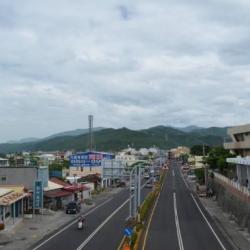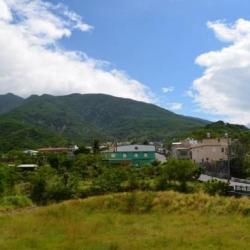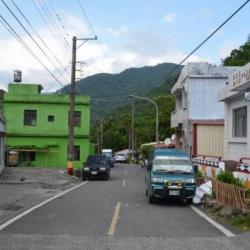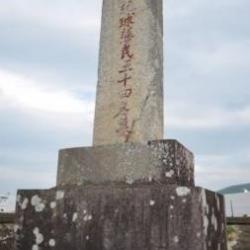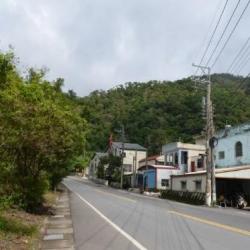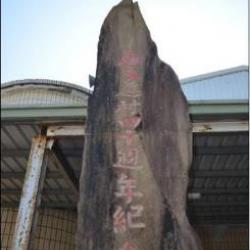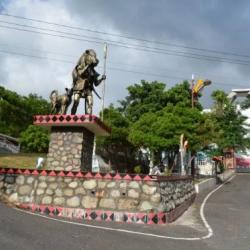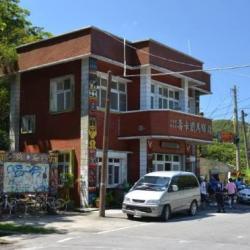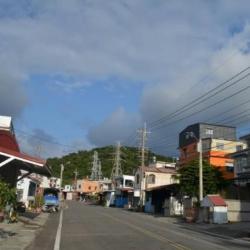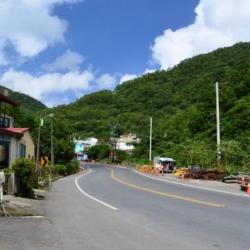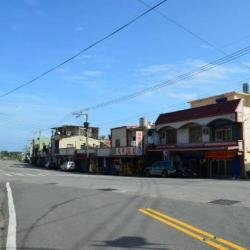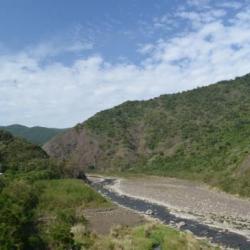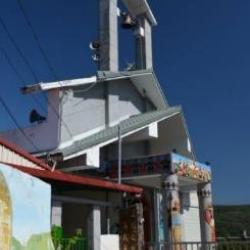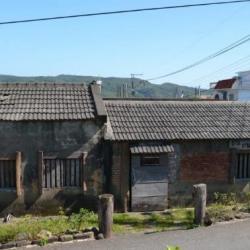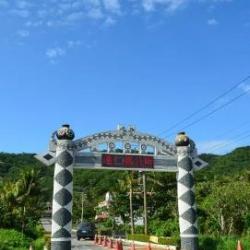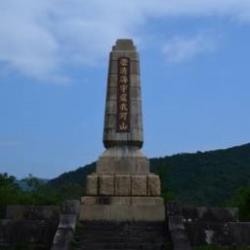The Fenggang Beinan Historic Trail, which crosses Fangshan Township in Pingtung County and Taitung City in Taitung County, was built in 1874. The trail starts from Fenggang in the west and reaches Taitung in the east. It is about 108 km long.
This trail is one of the five trails completed during the Qing rule that crosses to Taitung from Pingtung.
As per records, the predecessor of the Fenggang Beinan Historic Trail was originally a passage used by the local Paiwan tribe. However, since there were frequent battles in the area, this passage was soon abandoned. By the middle of the Japanese occupation, the Government-General in Taiwan widened the old road and made it into a road for cars. This created a foundation for the construction of Nanhui Road.
Today, the flat sections of the Fenggang Beinan Historic Trail have become highways, and most of the mountainous areas have also become industrial roads.
- - / -
- - - -
- -
- -/-
- -




